This project is made possible through the partnership of WATER CHARITY and the NATIONAL PEACE CORPS ASSOCIATION. ![]()
This project has been completed. To read about the conclusion, CLICK HERE.
Location
Barrio Las Cruces, Chiapas, México
Community Description
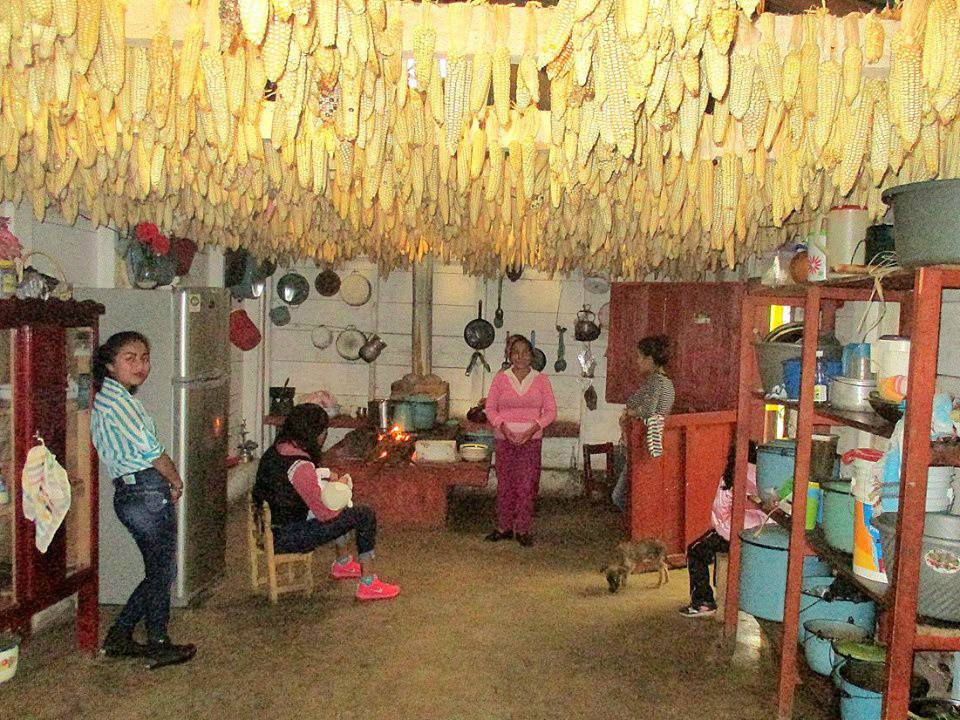
Barrio Las Cruces is a neighborhood of 35 homes with 185 inhabitants, plus one on the way. The community is located near the small municipal town of La Grandeza, about 3 hours by car from Motozintla into the heart of the Sierra Madre Mountains. The people are of Mam ethnicity and some elders still speak the language. The neighbors enjoy good relations, and cooperation and unity among the residents of the barrio are values that are expressly fostered in their meetings.
The people in Las Cruces maintain their families by producing corn, beans, and some vegetables for their own consumption during the rainy season. The soil is fertile and would sustain a second crop if there was water with which to irrigate. People have edible plants in containers around their patios. Some families raise sheep to sell as livestock. The standard of living is very poor.
Some of the women crochet tote bags that they sell in La Grandeza. They are interested in finding new products they can make to sell as well. Their lives would be infinitely easier if they no longer had to worry about where the water will come from. This would free up time that could be better spent on creating cottage industries in order to be able to contribute directly to the economy of their households.
Problem Addressed
While the small town of La Grandeza does have a municipal water supply, the people in Las Cruces are too far away to benefit. Many years ago, they pooled their resources in order to solve the urgent need for water, but given their limited incomes, the amount they collected only allowed them to buy a couple of kilometers of ½ inch hose. The water that comes from that inadequate system only provides a trickle to each home for a couple of hours every 25 or 30 days, depending on the amount of flow at a given time of year.
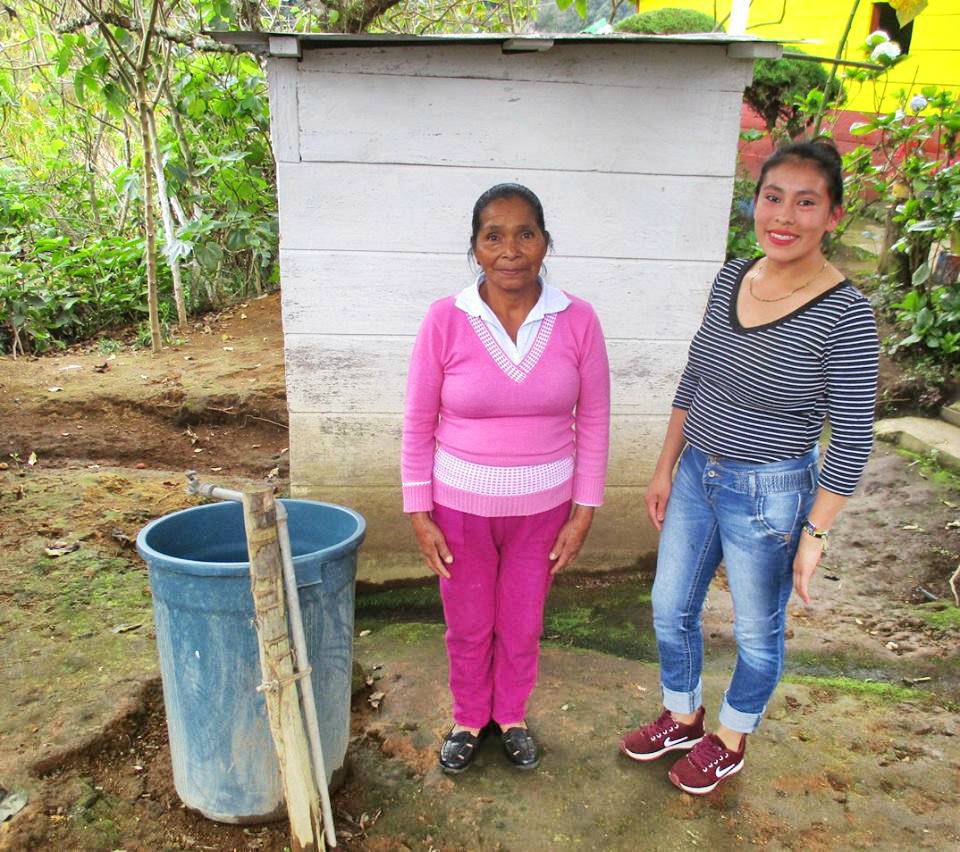
The small creek they have used up to now dries up at the end of the dry season so during March, April and May, there is scant water to be shared. When the rains finally start, families collect rainwater from the runoff of their roofs. But there seems to be an emerging trend in recent years of long periods of drought in the middle of the rainy season. In 2018, there was no rain for 5 weeks beginning in July.
The lack of access to water causes great hardship for these families. They struggle to maintain their households with children, a few edible plants and some chickens with very little water to work with. For several months of the year and during periods of drought, there is no other option than to carry water from a couple of kilometers away, a tedious and laborious task that mostly falls on women to do. There is a kindergarten in the community that also suffers from a lack of water.
Project Description
This project is to build a water system for Barrio Las Cruces.
The people are organized into a formal water association which is administered by elected representatives. Their committee has a designated person whose job is to organize the people to maintain the waterline and to ensure that the water is equally distributed among homes. They have found a new water source and have secured the rights to use it. It is a crystal-clear creek that flows from spring all year round from an underground river.
The proposed project will involve building a covered tank at the source to pool the water for uptake and building a distribution tank on a site that has been donated for this purpose. A smaller tank will also be built to allow the line to breathe partway from the source to the holding tank.
A 3.5-kilometer-long waterline will be laid down using 2” polyduct hose. The creek is located such that the hose will follow the highway for a large part of the distance to the holding tank. The terrain will allow the men to bury it which will prolong the life of the material, prevent vandalism and make maintenance easier since the line will follow an easily accessible path near the homes. Fortunately, there are no places where the hose would have to be hung over any ravines. The water committee will be provided with a specially-designed uptake filter to help prevent debris from clogging the hose.
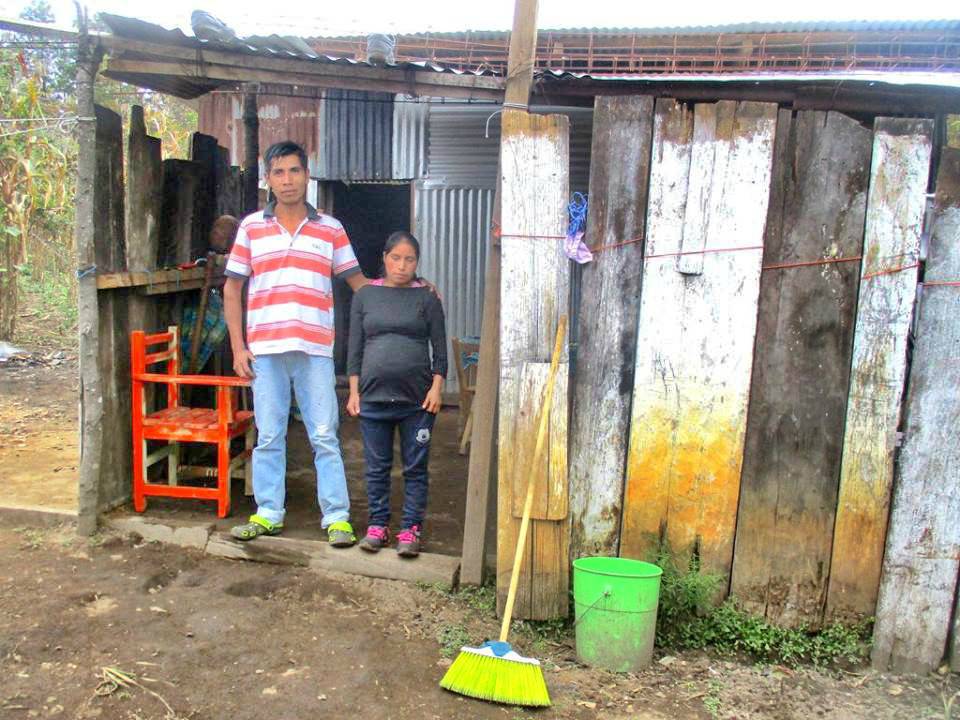
A member of the community donated an excellent location on the highest point nearest to the homes where they will build the distribution tank. Each family will connect their own ½ hose that will bring the water to their home by gravity feed. They have the proper paperwork on file that ensures that the land will belong to the community in the future.
The men in the community will do the manual labor required to create the system by working in teams until the work is completed. They are anxious to begin.
Project Impact
The project will benefit 185 people living in 35 homes.
Project Administration
The project will be administered by Tamara Brennan, Ph.D. of The Sexto Sol Center for Community Action, an award-winning non-profit that has had a permanent presence in the region since 1997.
This project is the 19th water system project in the ongoing Sierra Madre Water Program, a comprehensive effort to improve water access in the underserved and impoverished Sierra Madre de Chiapas region of Mexico, spanning the border with Guatemala. The program has already brought water to more than 8,000 people.
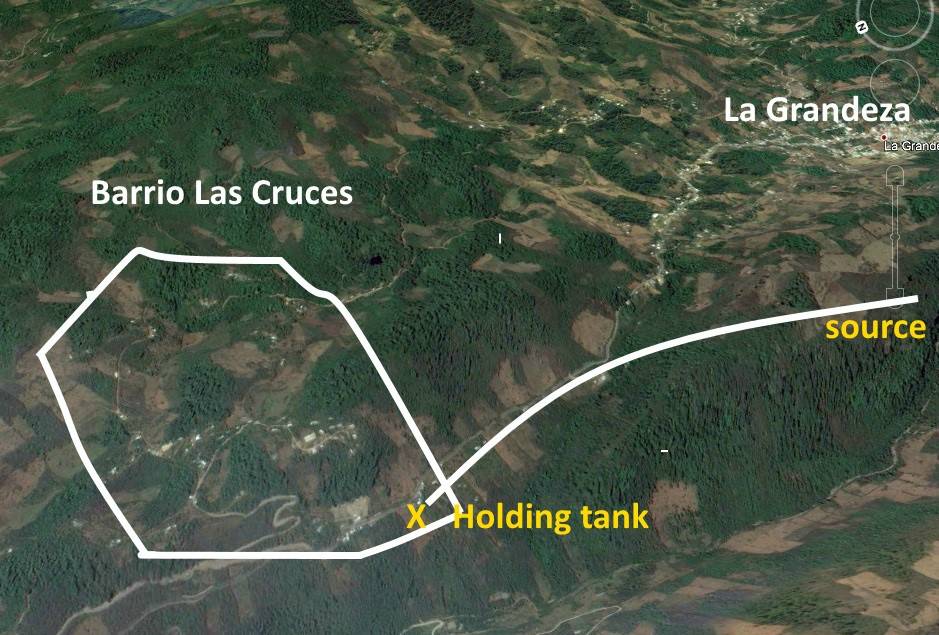
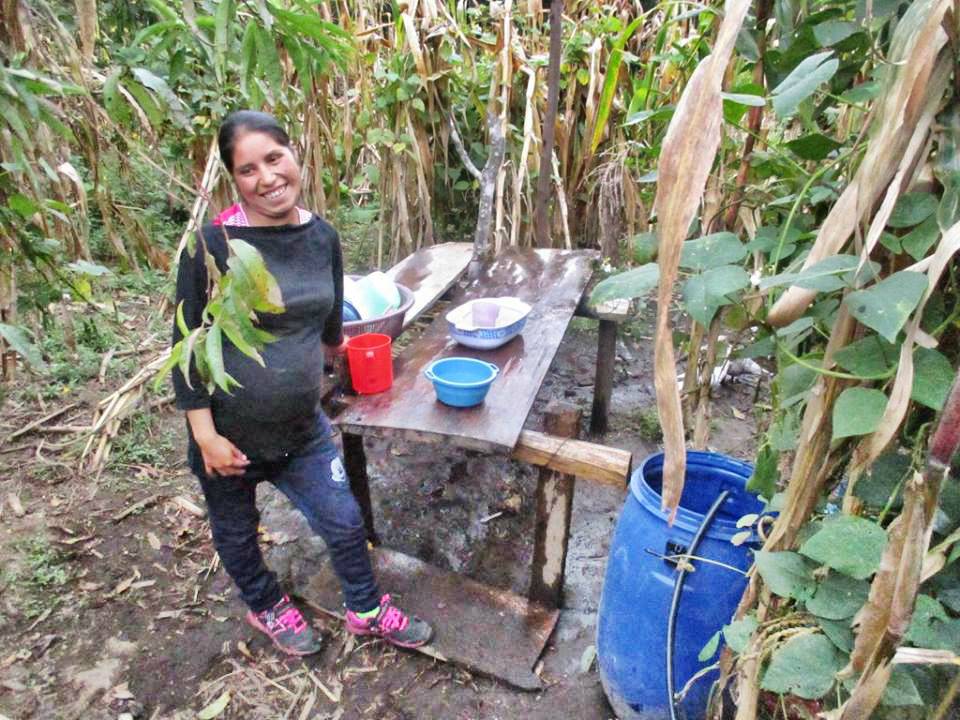
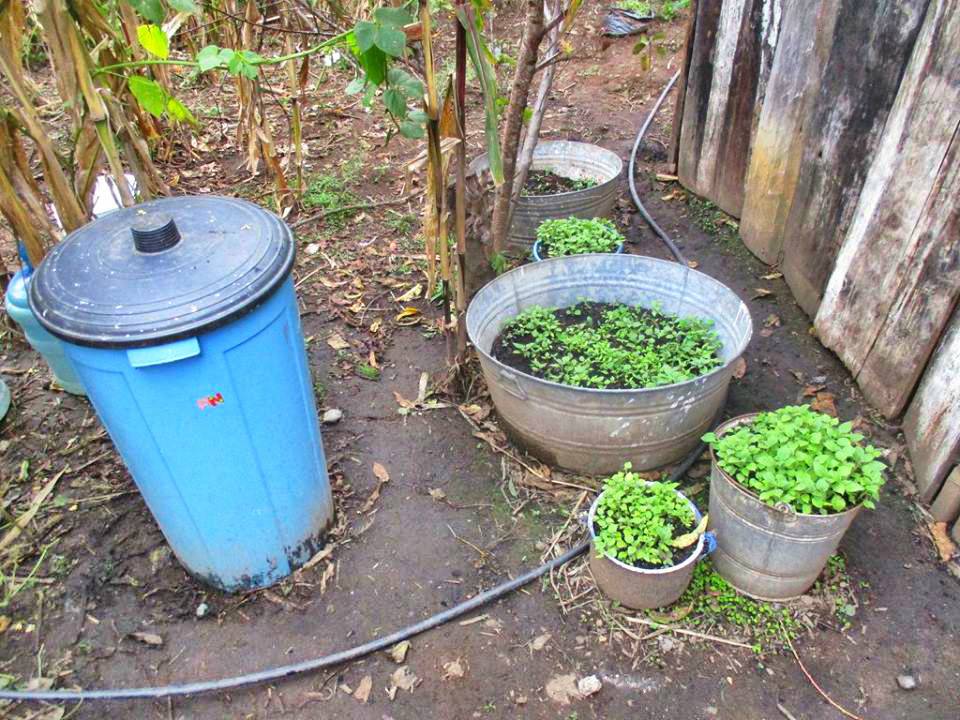
Monitoring and Maintenance

The water committee has the responsibility of maintaining the water system. The new system will be much more stable and secure and will require much less maintenance in comparison to the precarious system they have had.
Fundraising Target $7,100
Funds raised in excess of the project amount will be allocated to other projects in the country.
Donations Collected to Date $7,100
Dollar Amount Needed$0 – This project has been funded through the generosity of Michael and Carla Boyle, of Nelsonville, Ohio. Additional donations using this Donate button will be used for future projects in Mexico.